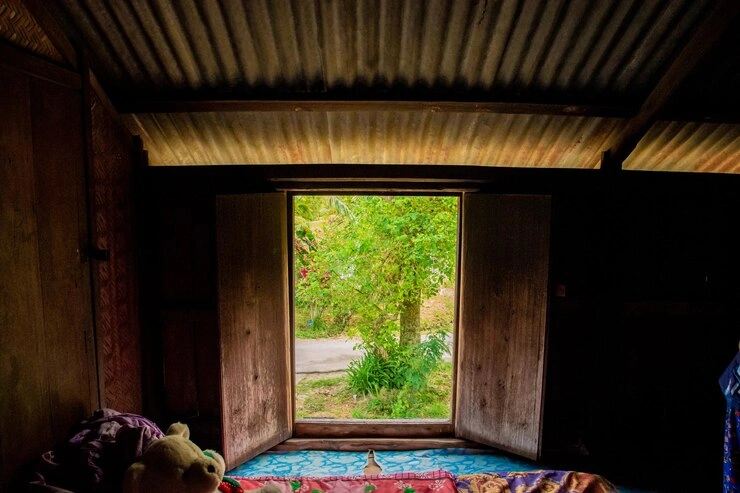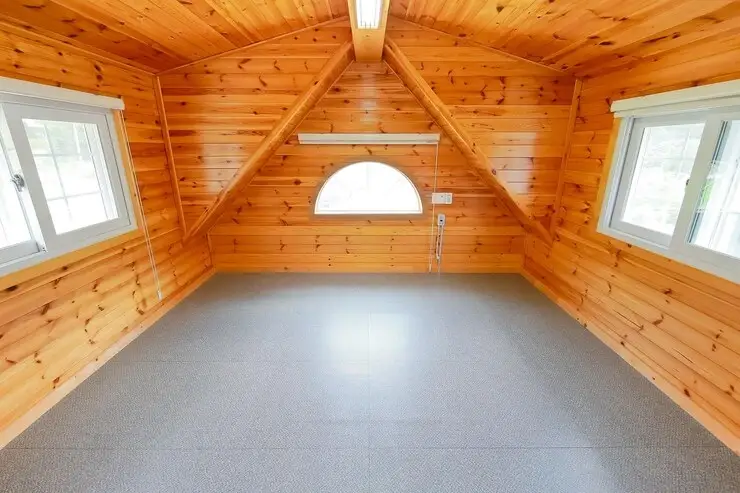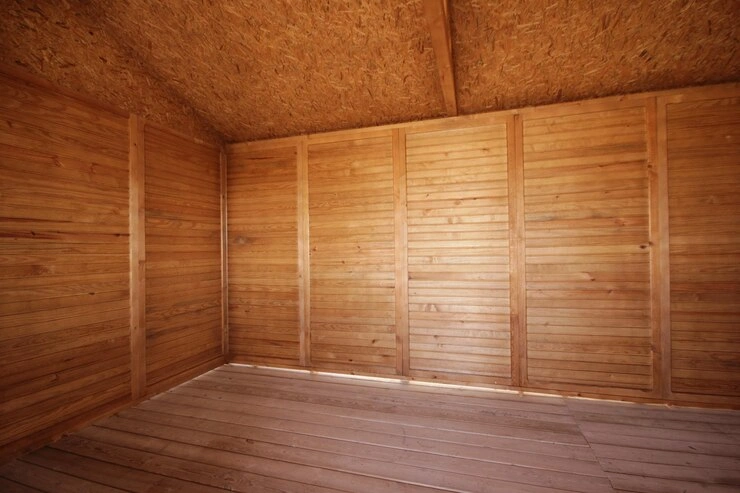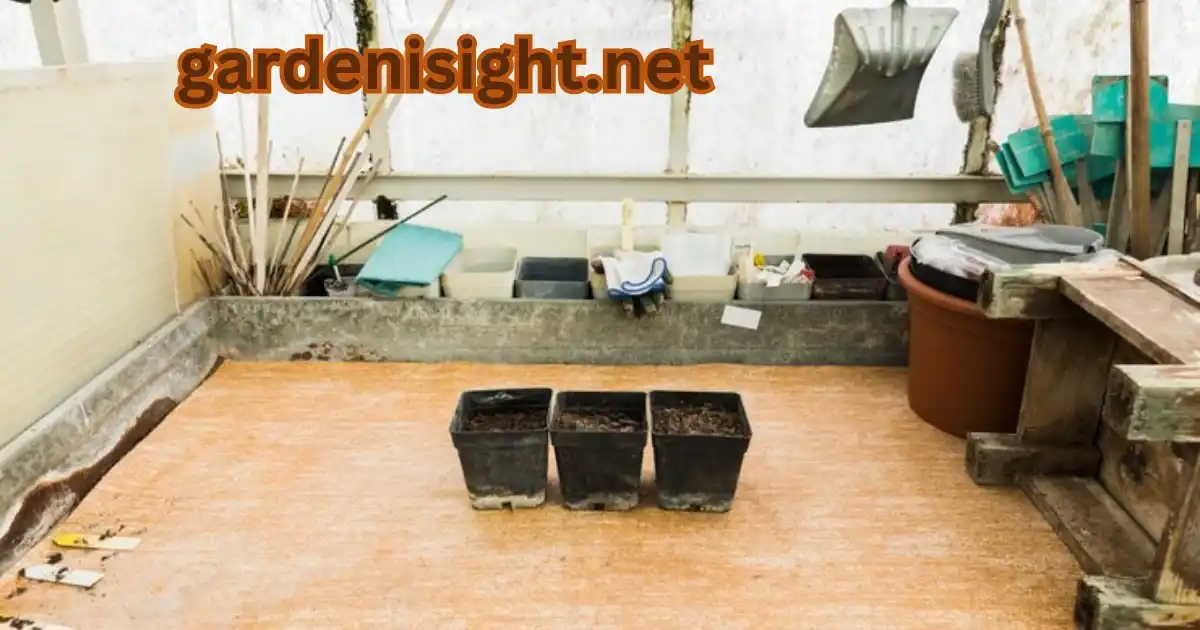A solid, level base is crucial for any garden shed. It ensures stability, prevents moisture damage, and extends the life of your shed.
This guide provides a step-by-step approach to building a garden shed base, covering various materials and methods to suit different needs and budgets.
Types of Garden Shed Bases

Before diving into construction, it’s essential to choose the right base type for your shed. Here are some popular options:
Concrete Base
- Durable and long-lasting: Ideal for heavy sheds or those with concrete floors.
- Requires more effort and cost: Involves excavation, formwork, and concrete pouring.
Paving Slab Base
- Easy to install: Simply level the ground and lay the slabs.
- Cost-effective: Less expensive than concrete, especially for smaller sheds.
- May require additional support: Might need a gravel or sand sub-base for stability.
Timber Base
- Versatile and adaptable: Suitable for various shed sizes and ground conditions.
- Can be raised or ground-level: Offers flexibility in design and functionality.
- Requires proper treatment: Needs to be protected against rot and insect damage.
Gravel Base
- Simple and affordable: A good option for smaller sheds or temporary structures.
- Well-drained: Prevents waterlogging and helps keep the shed dry.
- May require edging: To contain the gravel and maintain a neat appearance.
Choosing the Right Base for Your Shed

Consider the following factors when selecting a base type:
- Shed size and weight: Larger, heavier sheds need a more robust base like concrete.
- Ground conditions: Uneven or sloping ground may require additional preparation.
- Budget: Concrete is more expensive than other options like gravel or paving slabs.
- Desired lifespan: A concrete base offers the longest lifespan, followed by timber and then gravel.
Building a Concrete Base for a Garden Shed
A concrete base is a popular choice for its durability and longevity. Here’s how to build one:
- Mark and excavate the area: Outline the shed’s dimensions and excavate to a depth of about 150mm (6 inches).
- Create a sub-base: Compact a layer of hardcore or gravel (about 75mm or 3 inches) at the bottom of the excavation.
- Build formwork: Construct a frame around the perimeter using timber boards to contain the concrete.
- Pour the concrete: Fill the formwork with concrete, ensuring it’s level and evenly spread.
- Cure the concrete: Allow the concrete to cure for at least 24 hours before placing the shed on it.
Building a Paving Slab Base for a Garden Shed
Paving slabs offer a quick and easy way to create a shed base. Follow these steps:
- Prepare the ground: Level the area and remove any vegetation or debris.
- Add a sub-base: Lay a layer of compacted gravel or sand for drainage and stability.
- Lay the slabs: Place the paving slabs on the sub-base, ensuring they are level and evenly spaced.
- Fill the gaps: Use sand or mortar to fill the gaps between the slabs.
Building a Timber Base for a Garden Shed

A timber base is versatile and can be adapted to various shed designs. Here’s how to construct one:
- Prepare the ground: Level the area and create a foundation using concrete blocks or piers.
- Construct the frame: Build a frame using pressure-treated timber, ensuring it’s square and level.
- Add floor joists: Install floor joists across the frame, spacing them according to the shed’s size.
- Lay the floorboards: Attach floorboards to the joists, creating a solid and level surface.
Building a Gravel Base for a Garden Shed
A gravel base is a simple and affordable option for smaller sheds. Here’s how to create one:
- Mark and excavate the area: Outline the shed’s dimensions and excavate to a depth of about 100mm (4 inches).
- Lay a weed membrane: Prevent weed growth by lining the excavated area with a weed membrane.
- Add the gravel: Fill the area with gravel, compacting it in layers to create a stable base.
- Install edging: Use timber or plastic edging to contain the gravel and maintain a neat appearance.
Tips for Building a Garden Shed Base
- Always check for level: Use a spirit level throughout the construction process to ensure a level base.
- Use pressure-treated timber: Protect wooden components from rot and insect damage.
- Consider drainage: Ensure adequate drainage to prevent waterlogging and damage to the shed.
- Allow for ventilation: Leave space between the base and the shed floor to allow air circulation.
- Follow manufacturer’s instructions: Refer to the shed’s instructions for specific base requirements.
How do you build a garden shed with a concrete floor?
Building a garden shed with a concrete floor involves creating a concrete base as described earlier. Once the concrete base is cured, you can either use it as the finished floor or add a layer of insulation and a finished flooring material like tiles or laminate.
What is the cheapest way to build a shed base?
The cheapest way to build a shed base is typically using gravel. It requires minimal excavation and materials, making it a budget-friendly option for smaller sheds. However, ensure proper compaction and edging to maintain stability and prevent the gravel from spreading.
How do you build a wooden base for a garden shed?

A wooden base for a garden shed involves constructing a frame using pressure-treated timber and supporting it on concrete blocks or piers. Add floor joists across the frame and attach floorboards to create a level surface. Ensure the timber is adequately protected from moisture and insects.
How do you build a shed base on grass?
Building a shed base directly on grass is not recommended as it can lead to moisture problems and uneven settling. It’s best to remove the grass and create a proper base using one of the methods described earlier (concrete, paving slabs, timber, or gravel).
Conclusion
Building a proper base is essential for a stable, durable, and long-lasting garden shed. By understanding the different types of bases and following the step-by-step instructions provided, you can confidently create a foundation that meets your specific needs and ensures the longevity of your shed.
Remember to choose suitable materials, prioritize drainage and ventilation, and always check for level throughout the construction process.
With careful planning and execution, you can enjoy a well-built garden shed that serves its purpose for years to come.
FAQs
Here are answers to some frequently asked questions about how to build garden shed base:
Can I use bricks for a shed base?
Yes, bricks can be used to create a shed base, offering a durable and aesthetically pleasing option. You can lay them directly on level ground with a compacted hardcore sub-base, or create a raised brick pier foundation for improved ventilation and stability.
What is the best material for a shed base?
The best material for a shed base depends on factors like shed size, budget, and desired longevity. Concrete offers the most durable and long-lasting solution, while paving slabs provide a cost-effective alternative. Timber is versatile and adaptable, and gravel is suitable for smaller sheds or temporary structures.
How do I level ground for a shed base?
Leveling the ground is crucial for a stable shed base. Use a long, straight board and a spirit level to identify high and low spots. Excavate or fill as needed to create a level surface. Compact the soil thoroughly to prevent settling.
Do I need planning permission for a shed base?
Planning permission requirements for shed bases vary depending on your location and the size of the shed. It’s advisable to check with your local planning authority for specific regulations and guidelines.
How long does it take for a concrete shed base to cure?
A concrete shed base typically takes 24-48 hours to cure initially, but it can take up to 28 days to reach full strength. Avoid placing heavy objects or the shed on the base until it has fully cured to prevent cracking or damage.
